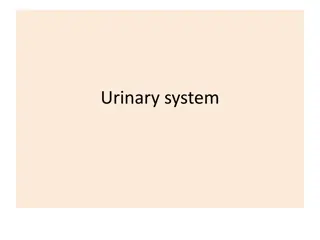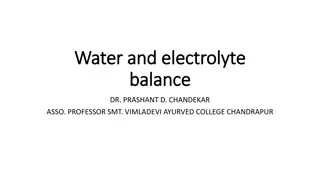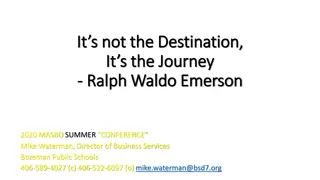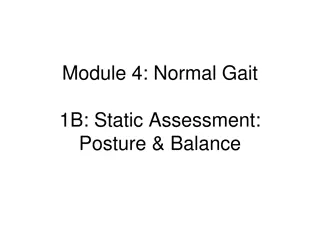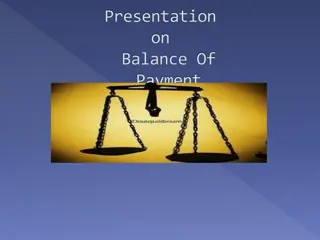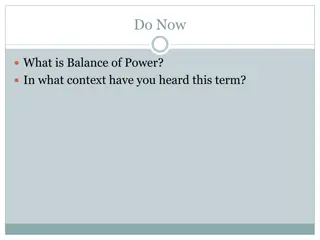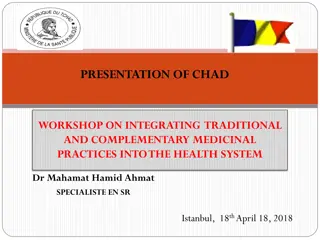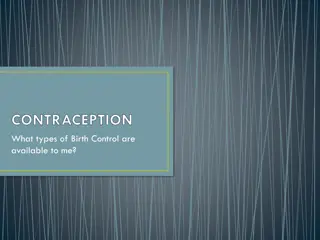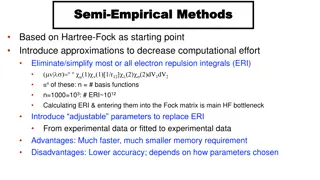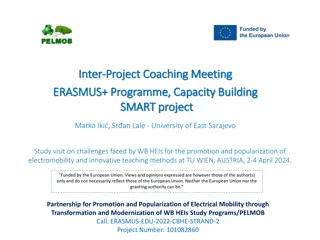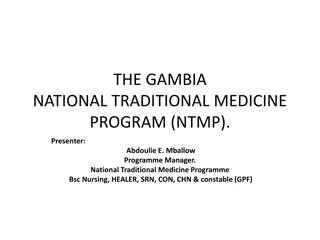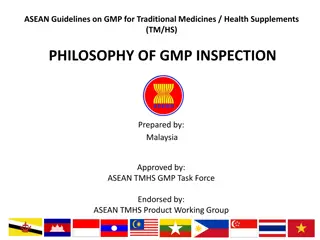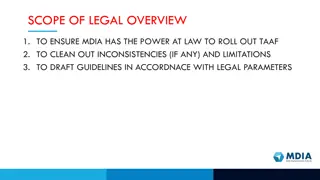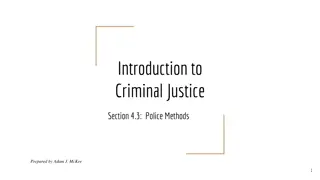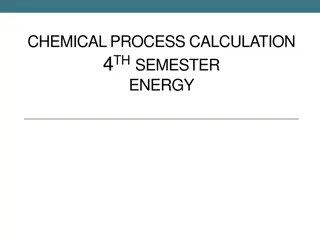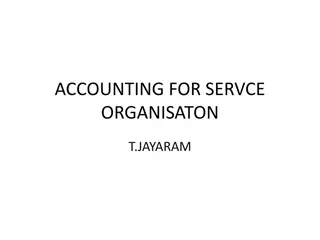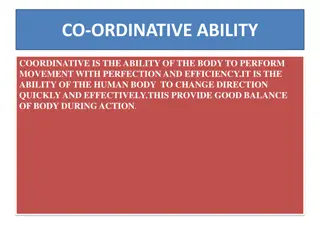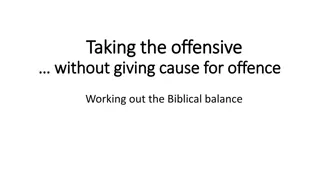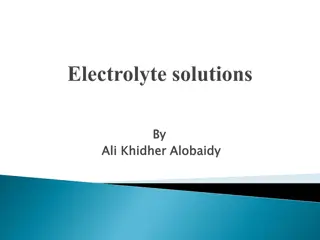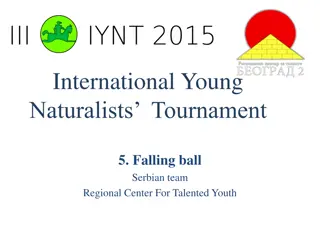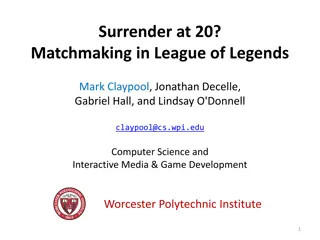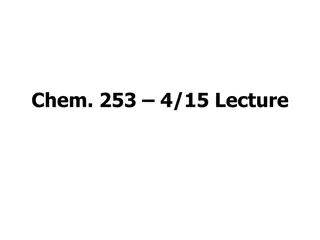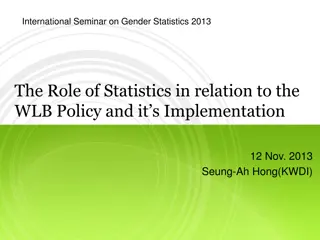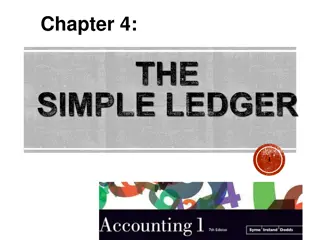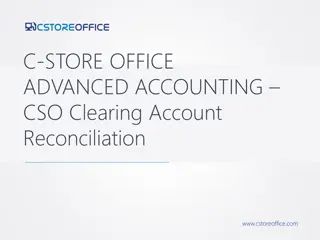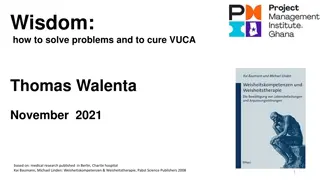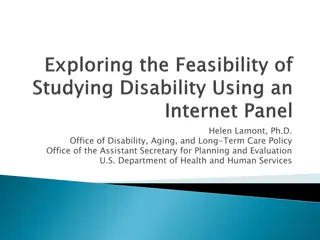Traditional vs. Innovative Methods in Education: Finding the Balance
Exploring the efficiency of traditional and innovative methods in education, questioning their effectiveness, and discussing the use of the cinquian method in literary and linguistic education. The article delves into the juxtaposition of old and new approaches, highlighting the need to strike a balance and make informed decisions about when to implement each method. Additionally, it scrutinizes the cinquian method, its origins, and its relevance in educational settings.
Download Presentation

Please find below an Image/Link to download the presentation.
The content on the website is provided AS IS for your information and personal use only. It may not be sold, licensed, or shared on other websites without obtaining consent from the author. Download presentation by click this link. If you encounter any issues during the download, it is possible that the publisher has removed the file from their server.
E N D
Presentation Transcript
Is everything new good? Is everything old bad? GABRIELA MAGALOV , UNIVERSITY OF TRNAVA, SLOVAKIA, ID LLCE2018 - 389
innovative methods versus traditional methods QUESTIONS: - ARE TRADITIONAL METHODS INEFFICIENT IN THE CURRENT EDUCATIONAL PROCESS? -ARE - ON THE CONTRARY - ALL INNOVATIVE METHODS REALLY EFFECTIVE AND CORRECT? - WHEN IS BETTER TO IMPLANT TRADITIONAL METHODS AND WHEN TO INNOVATIVE?
Use of the cinquian method in literary and linguistic education This method is defined in some methodological manuals as a poem composed of five verses. Has a precisely defined number of verbal types in each verse: 1st verse - one noun (subject); the word also replaces the name of the poem 2nd verse - two additional names - description of the noun from the first line 3rd verse - three verbs - a description of thes storyline, an activity associated with a noun from the first verse 4. verse - a vowel composition with an object or a proverbial purpose 5th verse - a metaphor or association to the word of the first verse.
Use of the cinquian method in literary and linguistic education Cinquian is a poetic form, which was brought to the poetry by American poet Adelaide Crapsey, but in no way created verses based on precise mathematical count of verbal types. Her poems were the answer to the Japanese poetic form of haiku and tanka. Teachers lead pupils to count the prescribed number of verbal words and claim that the pupils wrote a poem. From this model, pupils receive information that the poetry means counting verbal types - but in the lessons of literature they will only create a prescribed scheme, not a cinquian who seeks a poetic and philosophical abbreviation in a short poetic form. I suggest it only as a language exercise that is better to call a four -leaf or five- leaf - according to the teacher's requirements.
Use of the cinquian method in literary and linguistic education Cinquian by Adelaide Crapsey Cinquian by 10-years pupil November Night B se drevena fialova spieva tancova kri a Base ma u ta . Spieva. Listen. . With faint dry sound, Like steps of passing ghosts, The leaves, frost-crisp'd, break from the trees And fall. The poem is overwritten with all errors as it was published in the methodical material
Use of the brainwriting method in literary and linguistic education This method may become malfunctioning or directly harmful if it does not really connect with someone who is meaningful, creative, and targeted. Pupils are to write in a short time everything that comes to their mind even foolishness. Spelling or other grammatical deficiencies are not evaluated. The goal is not to pick up the pen for 5 minutes, write all the time. However, this method has been invented for the needs of the advertising industry, where bizarre ideas become the starting point for advertising. In school practice, however, with this method we practice bad spelling, the graphic form of the text does not have to be seen by the teacher. If we put this method into teaching literary education and language, we need to modify it.
Use of the brainwriting method in literary and linguistic education If this method were used in language classes in the sense of this methodology, students would have incorrect orthographical habits. Writing methods should be combined with grammatically accurate written texts. After incorporating this method, it is good to continue working with the text, clear it and return to a traditional teaching process that complements the missing spelling element.
Use of the brainwriting method in literary and linguistic education When creating text, pupils do not require "fast" text without thinking. Creating meaningful ideas should be preceded by a phase of thinking, a choice or a combination of logical connections. It does not mean that it is non -created, on the contrary: creativity is associated with meaningful activity. Pupils gain the knowledge that the thinking process takes some time and is needed to perform cognitive operations. Therefore, this method can only be used in the same modification, but traditional teaching methods should not be extruded.
Summary A teacher of literature and language can not only notice one aspect of teaching, but must also perceive the artistic side of the text (which stimulates creativity and sensitivity on the aesthetic level) and its correct graphic form. Innovative methods are more suitable for all types of aesthetic education (literary, artistic, musical). Language and mathematics (and other elements of the learning process), however, require training, discipline, repetition of certain procedures. Here traditional methods are irreplaceable. Not as a synonym for soulless drill and mechanical repetition, but as a tool for balancing activities of another nature. Innovative methods can be part of traditional teaching methods, but they can not completely replace education in a traditional way - even in a modern learning process.
Thank you for your interest. gabriela.magalova@truni.sk



